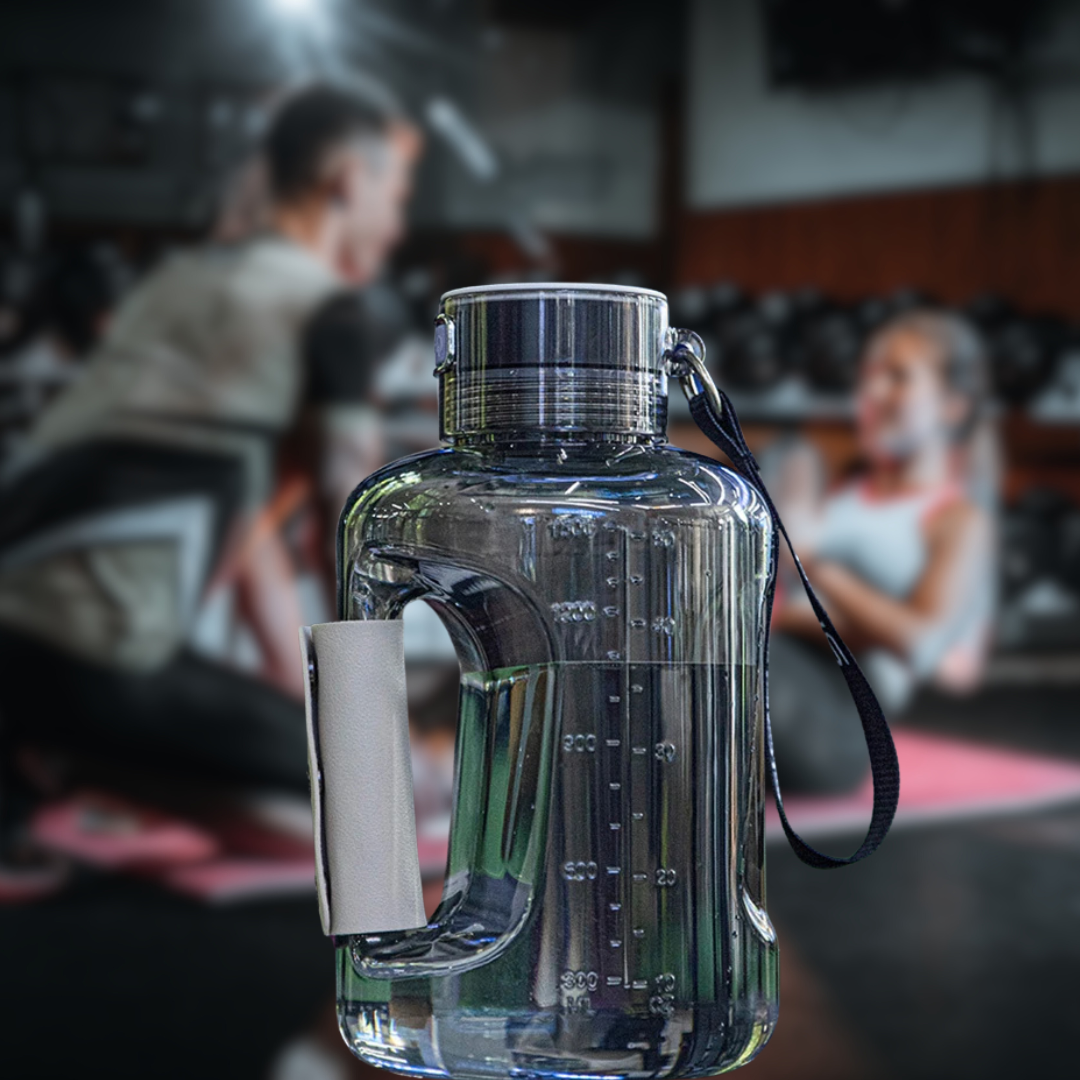Introduction: Why Play Matters in Learning
Children learn best when they are having fun. In therapy sessions, play is more than just fun—it is a powerful tool to teach new skills, improve behavior, and build strong connections. ABA stands for Applied Behavior Analysis. It is a scientific way to understand and improve behavior. Therapists use ABA to teach communication, social, learning, and daily life skills. In many sessions, ABA Therapy includes games and play to help children stay engaged.
The Role of Fun in Therapy
Children are more likely to pay attention, participate, and remember what they learn when activities are enjoyable. That’s why adding fun games and toys can make therapy more effective.
Making Learning Natural Through Play
Play creates a natural learning environment. Instead of giving direct commands, therapists can teach by joining the child’s game or activity. This makes learning feel less like work and more like playtime.
Building Trust and Connection
Games help build trust between the therapist and child. When a child feels safe and happy, they are more open to trying new things and accepting guidance.
Teaching Social Skills Through Group Play
Simple group games like “Simon Says” or “Duck, Duck, Goose” can teach children how to take turns, follow rules, and work together. These are important social skills learned through fun.
Using Toys with a Purpose
Every toy can have a learning goal. For example, building blocks can help with fine motor skills, counting, and following instructions. A dollhouse can be used to teach daily routines and emotions.
Matching Activities with Goals
Therapists carefully choose activities that match each child’s therapy goals. If a child needs to work on speaking, they might play a game that requires naming objects. If the goal is attention, a game like “Red Light, Green Light” can help.
Keeping Motivation High
Fun activities increase motivation. A child is more likely to repeat a skill or follow a direction when there’s a playful reward, like a favorite game or toy.
Fun Doesn’t Mean Unstructured
Even though it looks like free play, good therapy games are carefully planned. Therapists set goals, give support, and track progress—just like in more serious sessions.
Involving the Child’s Interests
Therapists often use the child’s favorite characters, colors, or hobbies in activities. This helps grab attention and makes the session feel personal and exciting for the child.
How Parents Can Join the Fun
Parents play an important role in their child’s progress. That’s why aba training for parents includes teaching them how to use playful methods at home. Parents learn how to turn daily tasks like brushing teeth or getting dressed into learning moments through fun games.
Example Activities Used in ABA Sessions
1. Matching Games
These teach colors, shapes, or emotions. Children match cards or objects with the same feature. It’s simple but supports thinking skills.
2. Pretend Play
Pretend games like playing “restaurant” or “doctor” build creativity and help children practice real-life situations.
3. Obstacle Courses
These are fun ways to improve physical skills, following directions, and problem-solving. Each step of the course can teach a specific skill.
4. Singing and Dancing
Songs with actions like “Head, Shoulders, Knees, and Toes” help with listening, memory, and movement.
5. Puzzle Time
Solving puzzles helps with patience, shape recognition, and working toward a goal. Therapists guide children to ask for help or name pieces.
Rewards Within Play
Therapists often use the child’s favorite game or toy as a reward for completing a task. This teaches the child that good behavior leads to something they enjoy.
Mixing Structured and Unstructured Time
A good session has both types of play. Structured play teaches specific skills. Unstructured play helps children be creative and explore on their own, still with guidance.
Learning Life Skills Through Fun
Everyday tasks like washing hands, cleaning up toys, or setting the table can be turned into fun routines. This helps the child learn responsibility in a happy and supportive way.
Tracking Progress Through Play
Even in a game, therapists are taking notes. They watch how the child communicates, follows directions, and reacts to changes. This helps measure how well the child is learning.https://techners.net/
Creating a Safe and Happy Space
A playful setting makes therapy feel welcoming. It lowers stress for the child and helps them enjoy the process of learning and growing.
Conclusion
Play is not just a break from learning—it is learning. When used the right way, fun activities can teach children life-changing skills.
ABA Therapy becomes more powerful when joy is part of the plan.
When parents, therapists, and children play with purpose, great progress happens.
Let’s turn every game into a step forward.
















Leave a Reply